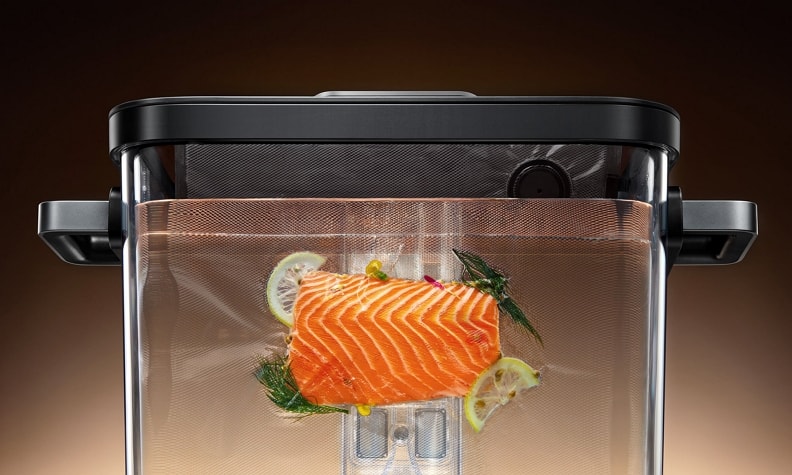
Sous vide cooking is a modern cooking technique that produces amazing flavors and consistent results for a variety of ingredients and dishes.
However, an aspect left untouched by many is “How long can one hold food in a sous vide bath?”
Understanding the Meat Tenderisation in Extended Sous Vide Cooking
Sous vide cooking is hailed as a culinary game-changer due to its precise control over temperature, which can yield unimaginably perfect meals. However, it’s crucial to remember that along with temperature management, timing also plays a significant role. Leaving food—particularly meat—in the sous vide water bath for a prolonged period, requires careful consideration, as ignoring time management can inadvertently lead to overcooking.
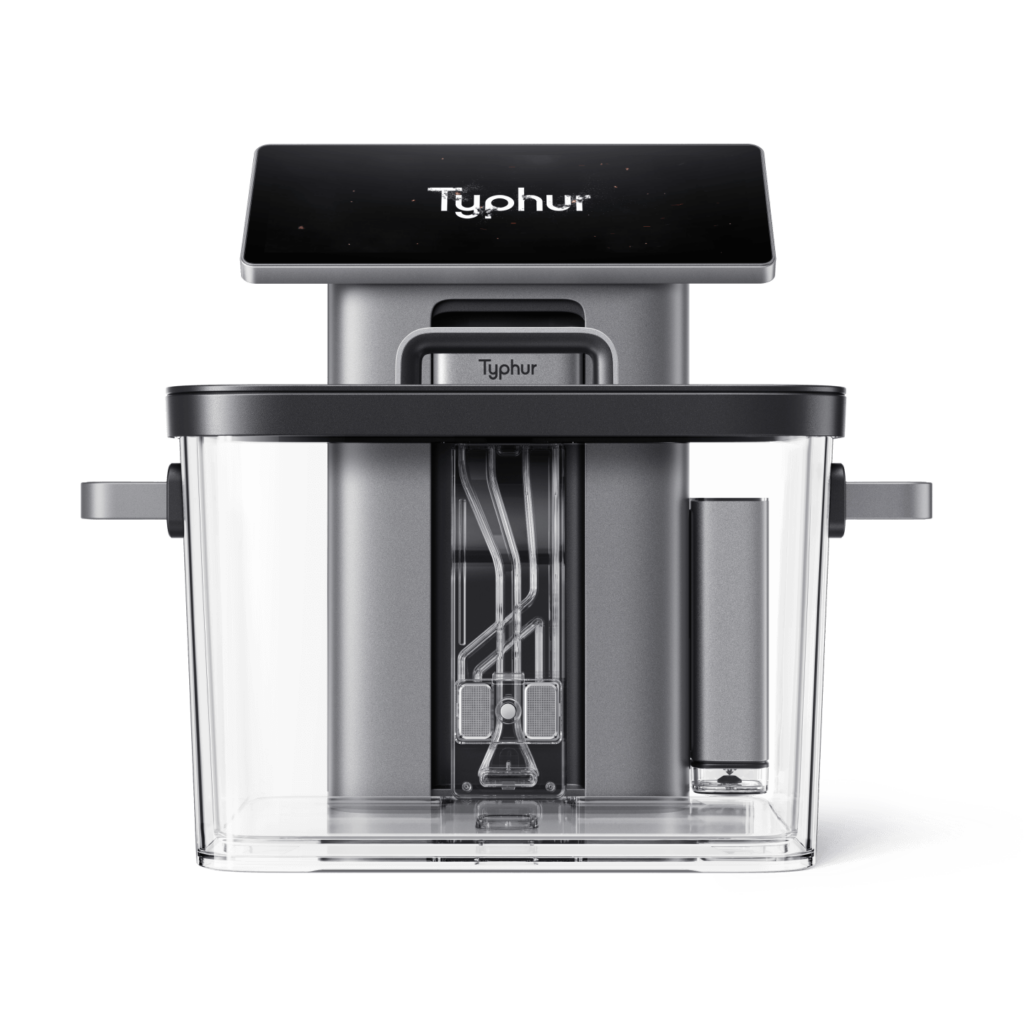
All-in-One Sous Vide Machine
Enzymatic Tenderisation
To comprehend why this happens, we must dive into the detailed food science underlying this culinary technique.
The fundamental transformation that occurs during extended cooking times, especially in meats, involves enzymatic activity. Mainly, two enzymes that work to break down protein in meats are calpains and cathepsins. The calpains catalyze the hydrolysis of the Z-line proteins, while the cathepsins catalyze the hydrolysis of myosin, actin, troponin, and collagen [1, 2]. Notably, cathepsins contribute more significantly to meat tenderness in cooking due to heat-stable in sous-vide conditions. Findings suggest that Cathepsin B+L activity is heat stable and these proteases remain active throughout 24 hr at around 50°C [3]. Additionally, exposure to gentle-heat conditions, i.e. Sous vide, the heat-induced unfolding of the triple helix structure of collagen makes the peptide chain more susceptible to enzymatic degradation, thereby resulting in enhanced collagen solubility [4].
As the breakdown is a long process, and cathepsin activity is still going on during sous vide cooking. While sufficient breakdown leads to succulently tender meat rich in umami flavor, overextension of this process can take tenderization too far. The result is over-softened, mushy meat that lacks the desired structure and texture.
Heat Tenderisation
The essence of sous vide cooking is balancing food safety, nutrient retention, and tenderness. The heat treatment also tenderizes the meat by affecting many different components of meat, particularly the proteins. The degree of meat protein denaturation is determined by the heating temperature and the cooking time [1].
Although collagen represents only about 2% of the total protein in meat, collagen plays a significant role in inducing textural changes in cooked meat. When heat is applied, collagen undergoes a transformation process where it denatures, shrinks, and begins to dissolve, thereby altering the texture of the cooked meat. Collagen begins to denature at a temperature of 53-63°C involves the breaking of hydrogen bonds [5]. When severe heat is applied, collagen begins converting into gelatin, which is time-dependent and irreversible. Increasing the cooking time or cooking at significantly higher temperatures can result in the complete conversion of collagen to gelatin [6]. This explains why tough cuts of meat, when prepared using the sous vide method, often demand both high temperatures and longer cooking times. These conditions foster the conversion of collagen into gelatin and decrease inter-fiber adhesion, significantly contributing to the tenderization of the meat. This ongoing transformation eventually increases tenderness by turning all collagen into gelatin and entirely destroying muscle’s inter-fiber adhesion [1]. However, increased tenderness it’s not always beneficial, which can lead to a loss of the meat texture, becoming mushy or too soft.
How Long Can I Hold Food in Sous Vide
With sous vide, food can be held at the desired cooking temperature for much longer than with traditional cooking methods. However, at some point, food will become mushy and overcooked in its texture since meat tenderisation is still going on while held in the water bath. For optimal outcomes, we recommend the following rules of thumb:
- Don’t hold foods longer at cooking temperature for double of their minimum cooking time (see Typhur Sous Vide Station guide for time and temperature).
- Keep the total cooking duration (including the hold time) under 72 hours.
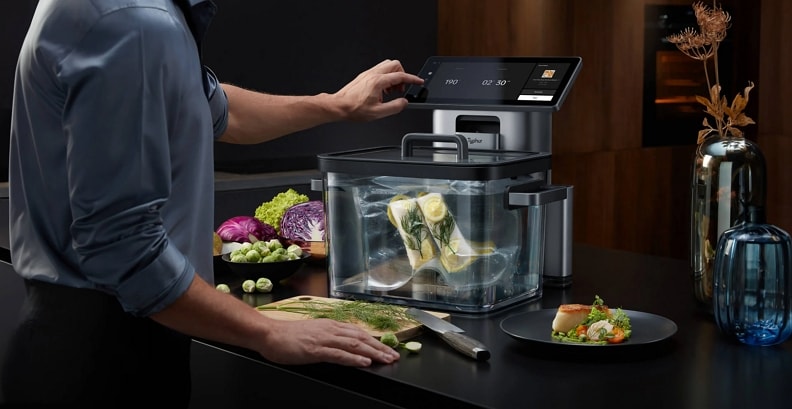
Reference
[1] BALDWIN, D. E. 2012. Sous vide cooking: A review. International Journal of Gastronomy and Food Science, 1, 15-30.
[2] KEMP, C. M., SENSKY, P. L., BARDSLEY, R. G., BUTTERY, P. J. & PARR, T. 2010. Tenderness–An enzymatic view. MeatScience, 84, 248-256.
[3] Kaur, L., Hui, S. X., & Boland, M. (2020). Changes in Cathepsin Activity during Low-Temperature Storage and Sous Vide Processing of Beef Brisket. Food science of animal resources, 40(3), 415–425.
[4] Christensen, L., Ertbjerg, P., Løje, H., Risbo, J., van den Berg, F. W., & Christensen, M. (2013). Relationship between meat toughness and properties of connective tissue from cows and young bulls heat treated at low temperatures for prolonged times. Meat Science, 93(4), 787-795.
[5] Christensen, L., Ertbjerg, P., Aaslyng, M. D., & Christensen, M. (2011). Effect of prolonged heat treatment from 48 C to 63 C on toughness, cooking loss, and color of pork. Meat Science, 88(2), 280-285.
[6] Wright, N. T., & Humphrey, J. D. (2002). Denaturation of collagen via heating: an irreversible rate process. Annual review of biomedical engineering, 4(1), 109-128.


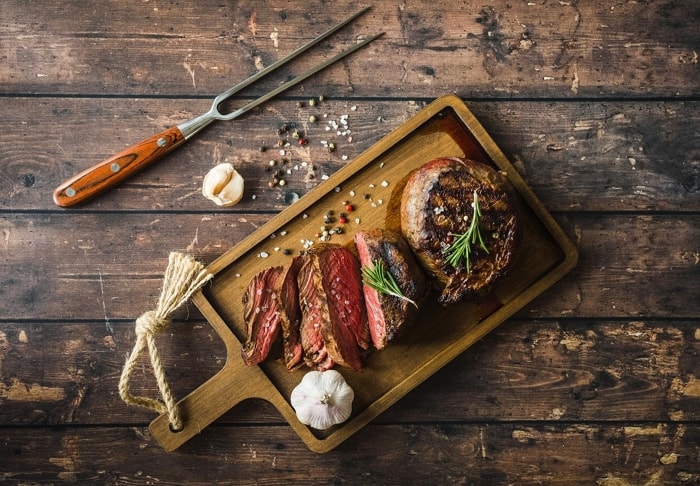
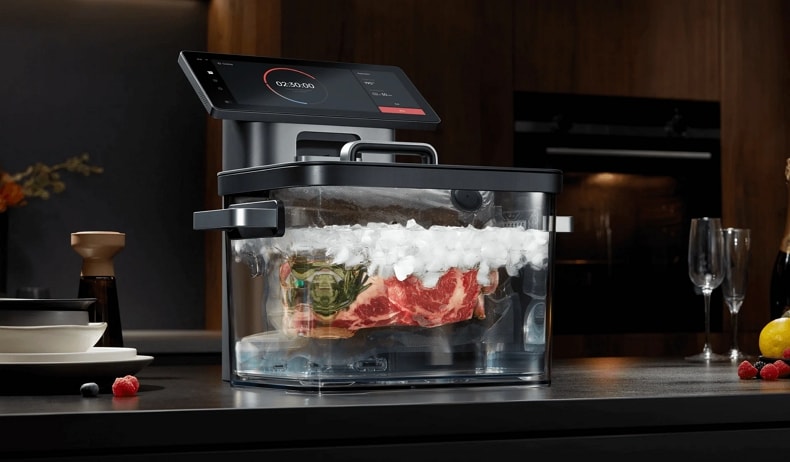
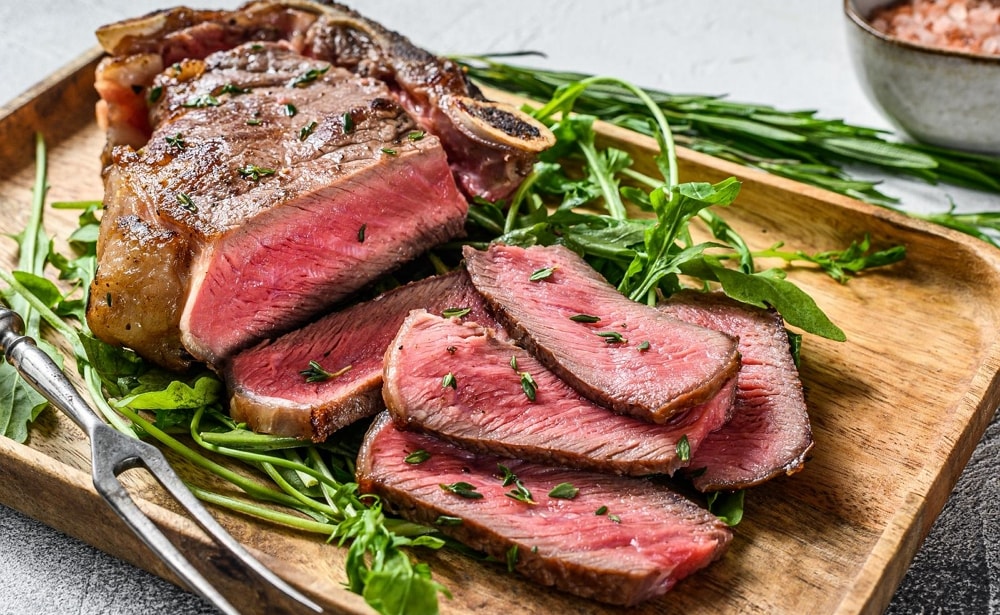
Combien de temps puis-je conserver les aliments sous vide ?